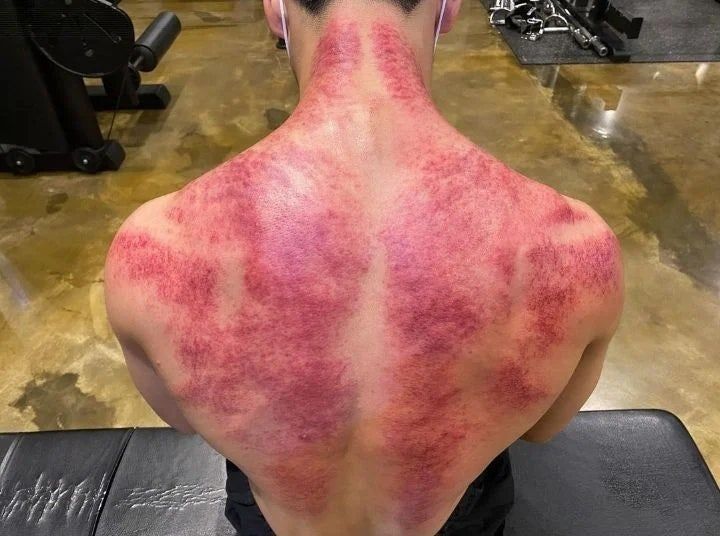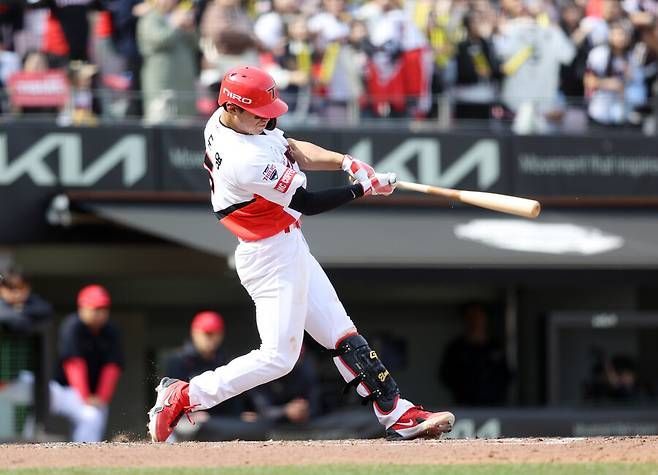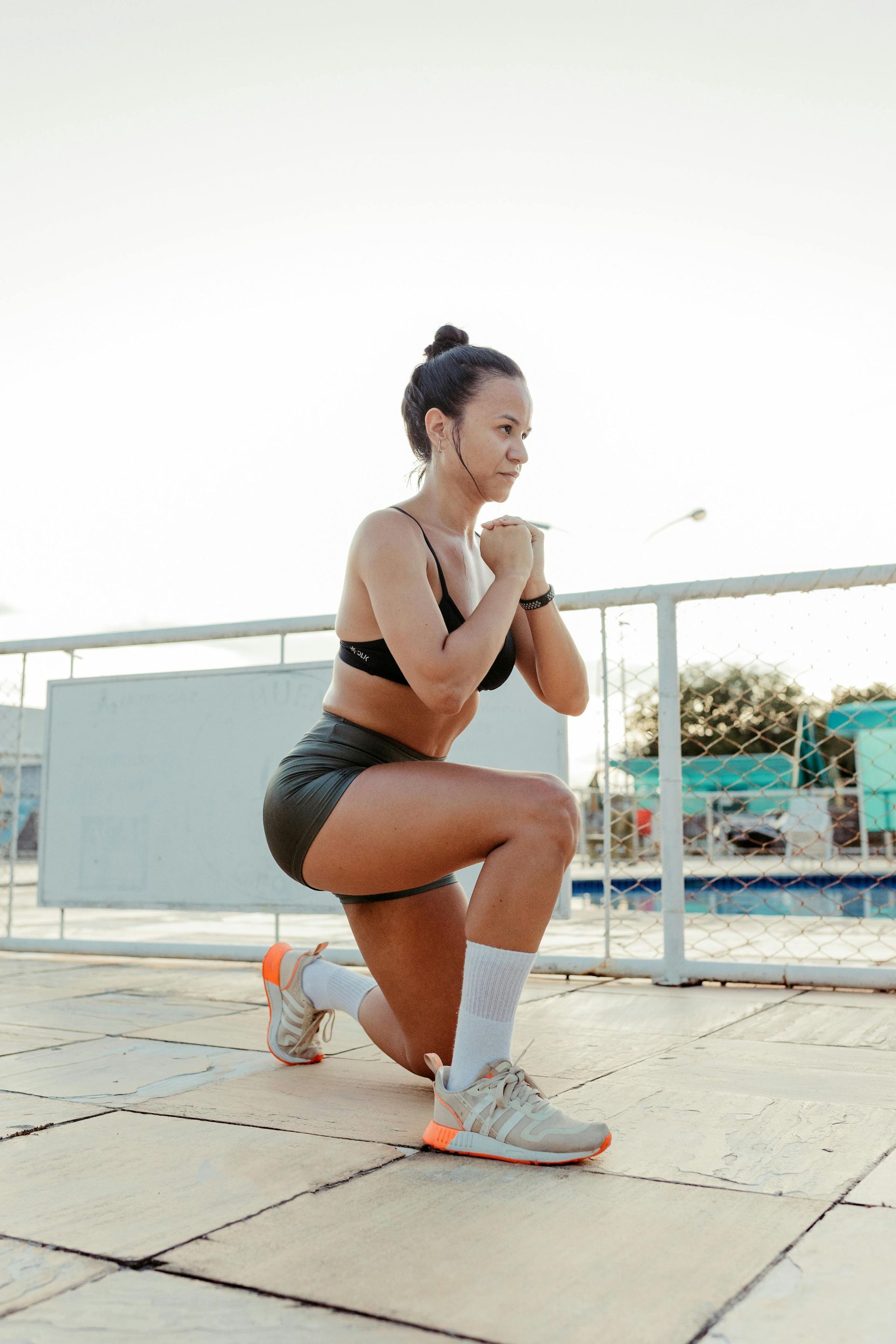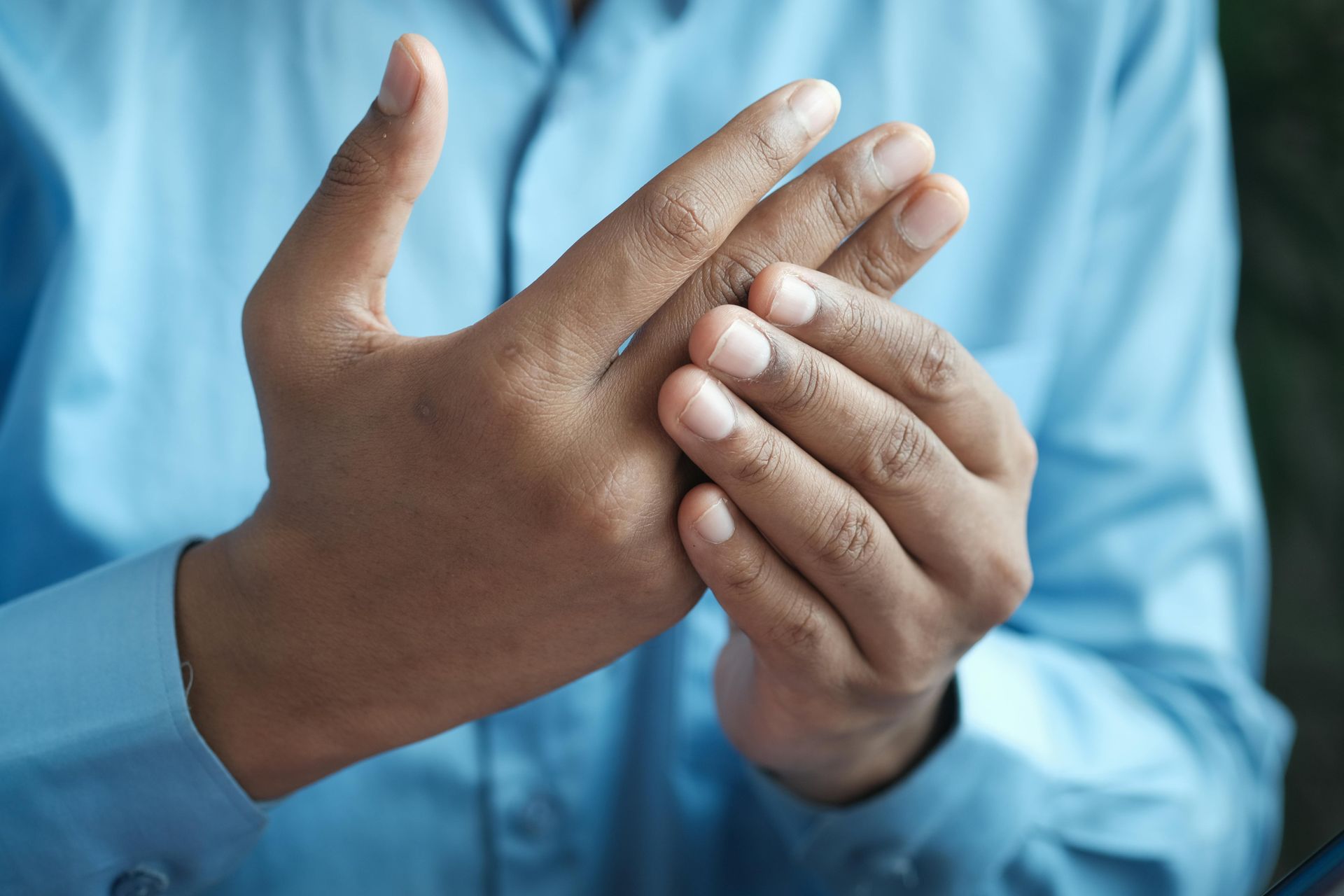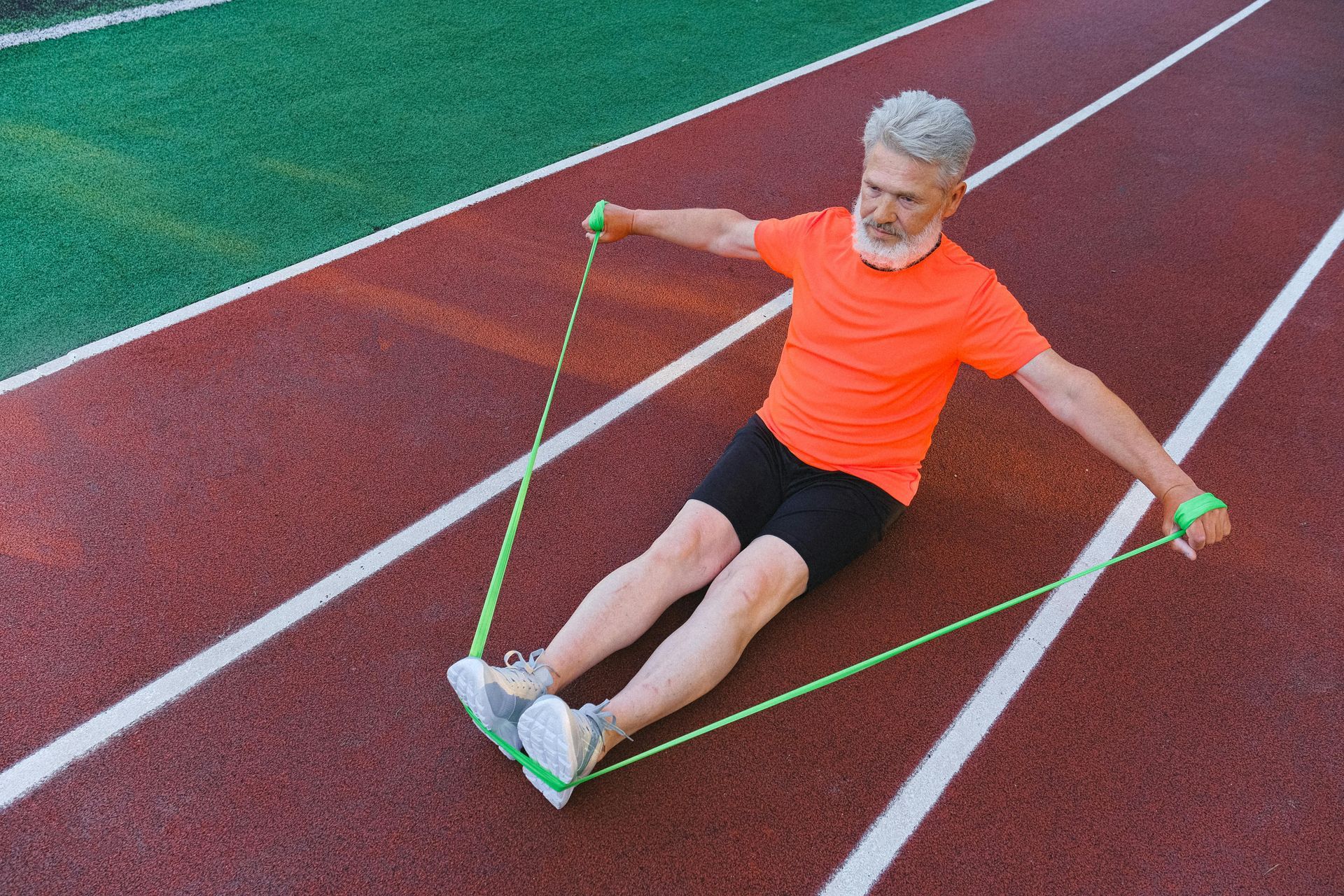Can You Train After Dry Needling? Here’s What You Need to Know
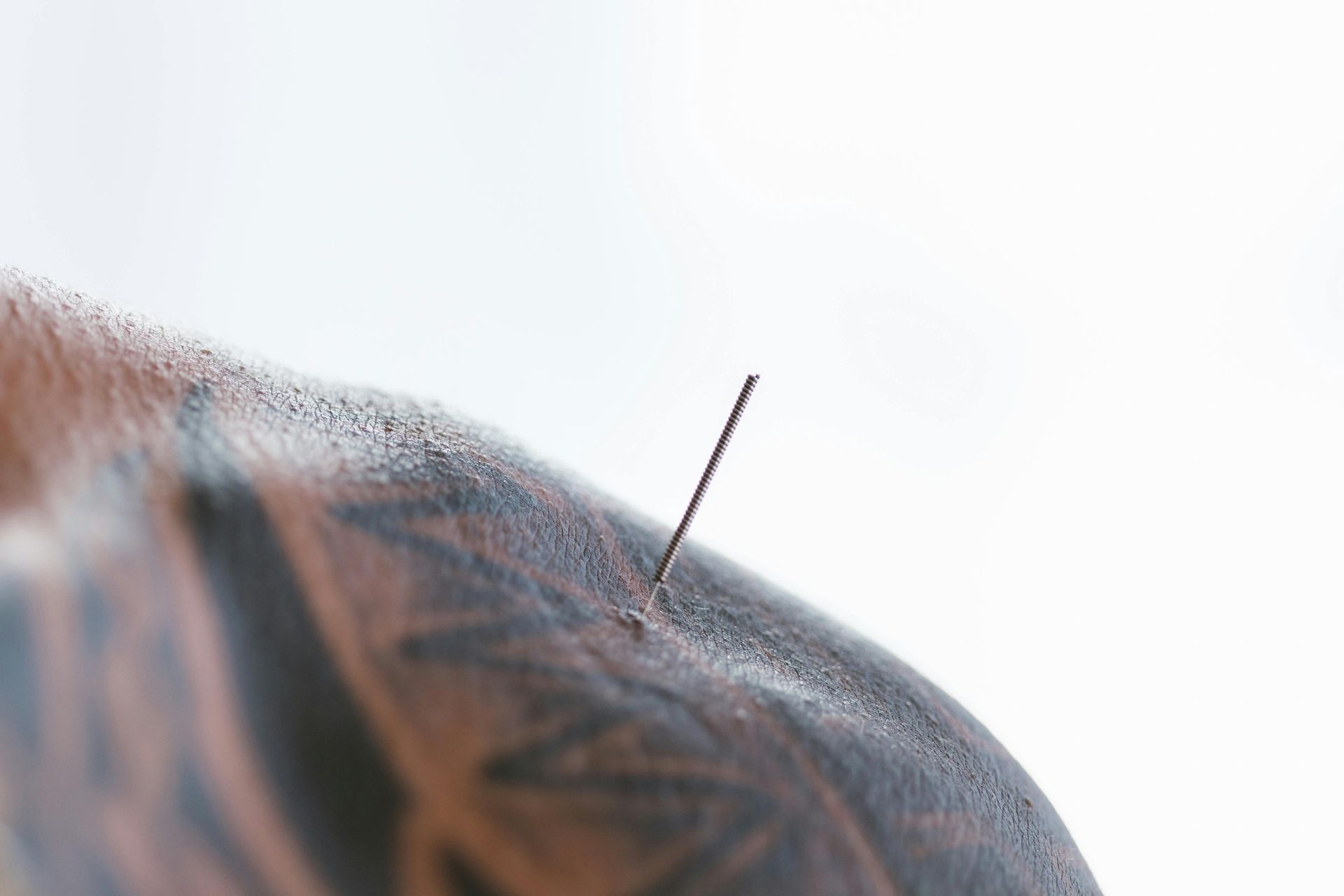
Guidelines for Post-Dry Needling Activity
- Listen to Your Body: Everyone responds differently to dry needling. Some may feel immediate relief and want to move, while others may experience muscle soreness. Pay attention to how you feel and adjust your activity level accordingly.
- Start Light: Engaging in light activities such as walking, gentle stretching, or mobility exercises can promote circulation and reduce muscle tension. This can also help minimise any post-treatment soreness.
- Gradually Increase Intensity: If you’re eager to train, start with a lower intensity or reduced volume compared to your normal routine. Gradually build up to ensure you don’t overstrain the treated muscles.
- Avoid High-Intensity Training Initially: High-impact or strenuous activities, such as heavy lifting, intense cardio, or plyometric exercises, should be avoided immediately following treatment, especially if you feel sore. Give your muscles time to recover before pushing them to their limits.
- Monitor Your Response: If you feel any unusual pain, fatigue, or discomfort during or after training, it’s important to slow down or stop. Your body needs time to adapt to the effects of dry needling and recover.
Why Exercise Can Be Beneficial Post-Treatment
Engaging in physical activity after dry needling can help optimise the treatment’s benefits by:
- Promoting Blood Flow: Light movement increases circulation, delivering oxygen and nutrients to the treated area to support healing.
- Reducing Muscle Stiffness: Gentle exercise can prevent stiffness and improve your range of motion.
- Enhancing Neuromuscular Control: Combining dry needling with movement helps retrain your muscles, improving coordination, balance, and strength.
Tailoring the Right Approach for You
Our team at Good Health Group Clinic, including remedial therapist Sam Noh (who also specialises in dry needling) and myotherapist Ian Selvarajoo, understands that every client is unique. We’re here to provide personalised guidance on returning to training after treatment. Whether you’re an athlete preparing for competition or simply maintaining an active lifestyle, we’ll help create a plan that works best for your recovery and performance goals.
Final Thoughts
Yes, you can train after dry needling, but the key is to do so mindfully. Start light, pay attention to your body’s signals, and gradually progress. Dry needling can be a powerful tool for pain relief and improved mobility, and with the right post-treatment activity, you can maximise its benefits.
For more information or to book your next session, reach out to Good Health Group Clinic. We’re here to support your journey to optimal health and performance!
Reference
- Journal of Orthopaedic & Sports Physical Therapy. Effects of dry needling combined with exercise on patellofemoral pain syndrome.
- Journal of Bodywork and Movement Therapies. Evidence supporting myotherapy’s effectiveness in reducing musculoskeletal pain through trigger point therapy and dry needling.
- Manual Therapy. Research on myotherapy’s impact on musculoskeletal health through combined techniques.
Blogs


